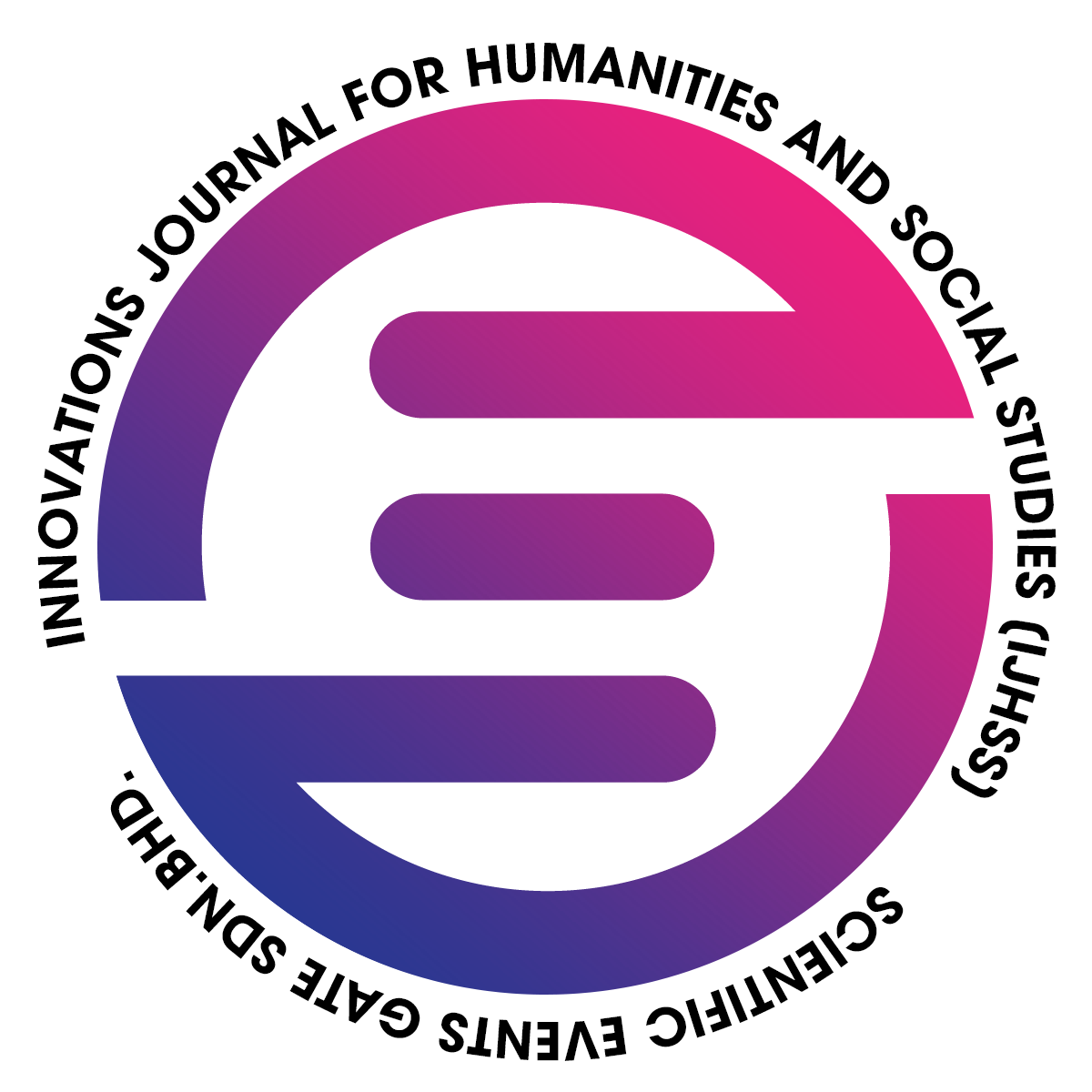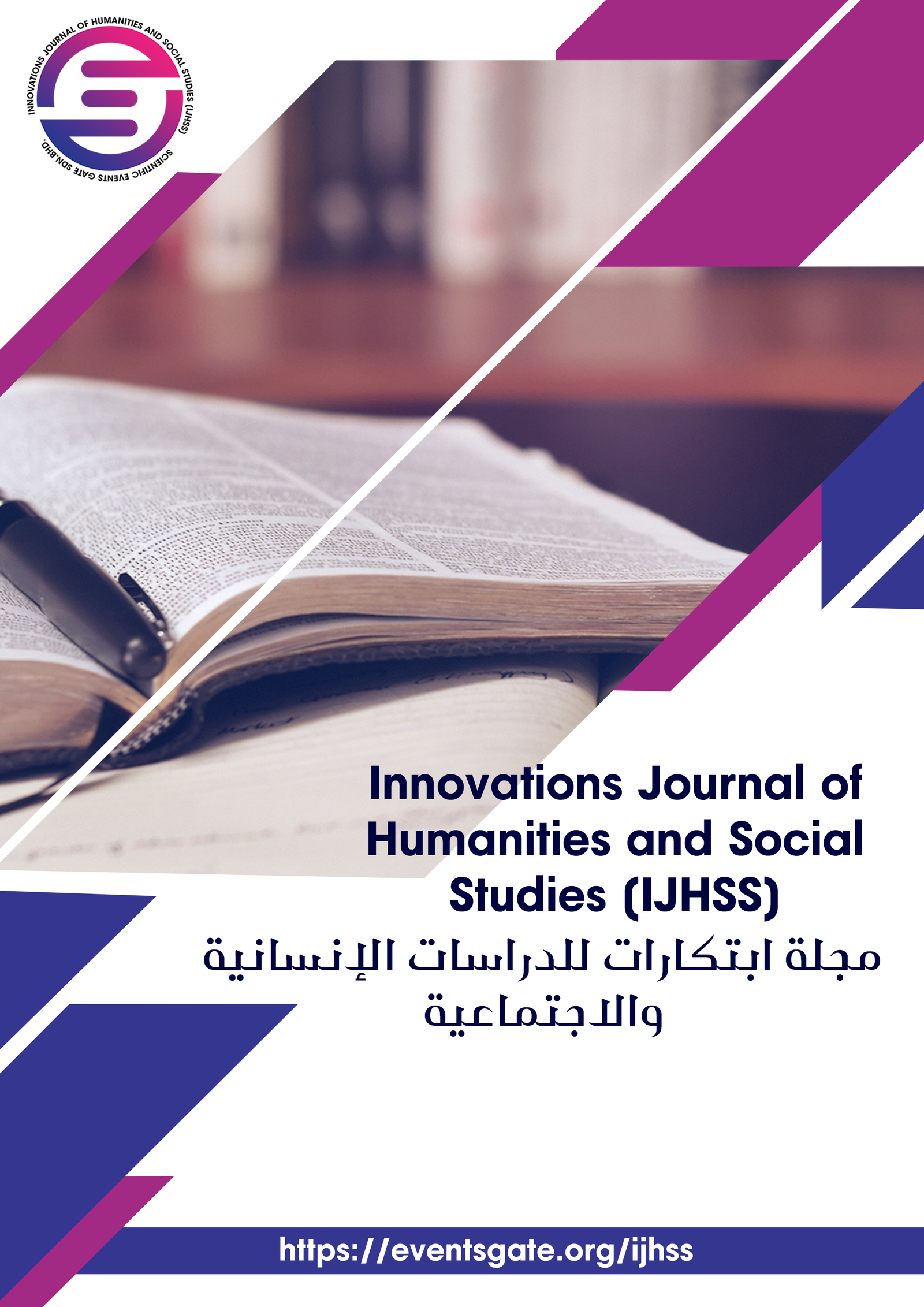دور نظام اللسانيات الوظيفي في تأسيس نظرية التقييم وتطبيقها في حوسبة تحليل المشاعر والآراء
DOI:
https://doi.org/10.61856/jr1pef16الكلمات المفتاحية:
نظام اللسانيات الوظيفي، الوظيفة التفاعلية، نظرية التقييم، نظام التأثير، أنظمة حاسوبيةالملخص
سعت هذه الورقة البحثية إلى تسليط الضوء على أسس نظام اللسانيات الوظيفي (Systemic Functional Linguistics)، المنبثق عن النظرية اللسانية الوظيفية، الذي طوره اللساني مايكل هاليداي، نظر مايكل هاليداي إلى اللغة كأداة حيوية وقوية تساهم في تحقيق أهداف اجتماعية متنوعة، حيث تحليلها من خلال وظائفها الاجتماعية والتواصلية عبر ثلاثة مستويات رئيسية هي: الوظيفة التجريبية، الوظيفة النصية، والوظيفة التفاعلية، ويعد كل منها مفتاحا لفهم كيفية توظيف اللغة لبناء معانٍ متعددة. كما تناولت الورقة البحثية هذه دور نظام اللسانيات الوظيفية، خاصة من خلال الوظيفة التفاعلية، في انبثاق نظرية جديدة وسعت نطاق الوظيفة التفاعلية في نظام النحو الوظيفي، حيث طور كل من يد جيم مارتن وبيتر وايت هذه نظرية التقييم بهدف فهم وتحديد كيفية التعبير عن القيم العاطفية والأحكام عبر اللغة، بالاعتماد على ثلاثة أنظمة رئيسية: نظام التأثير (Affect) الذي اعتنى بكيفية تعبير الأفراد عن مشاعرهم ومواقفهم، ونظام التقدير (Appreciation) المخصص لتقييم الأشياء والأحداث، بالإضافة إلى نظام الحكم (Judgment) الذي ركز على تقييم سلوك الأشخاص، وأشارت الورقة البحثية كذلك إلى إفادة نظرية التقييم عدة حقول معرفية، وخاصة حقل المعالجة الآلية للغات الطبيعية، الذي استفاد من نظام التأثير لبلورة أنظمة حاسوبية قادرة على تحليل وتقييم الآراء والمشاعر تقييما آليا، كما تمت الإشارة إلى بعض الجهود العربية التي اعتمدت على نظرية التقييم لتعزيز دور اللغة العربية في التعبير عن الآراء والمشاعر بشكل عميق من تطوير نظم حاسوبية تساهم في تقييم تلك الآراء والمشاعر المكتوبة باللغة العربية.
المراجع
Ahmed Amar & Abdelmonaime Lachkar. (2015). Vers la Construction d’un Lexique d’Appraisal en Langue Arabe pour l’Analyse des Sentiments dans les Réseaux Sociaux. Vers la Construction d’un Lexique d’Appraisal en Langue Arabe pour l’Analyse des Sentiments dans les Réseaux Sociaux. Ressources langagières de l’arabe pour le TAL : construction, standardisation, gestion et exploitation, Institut d’Etudes et de Recherches pour l’Arabisation, Rabat.
Almurashi, W. (2016). An Introduction to Halliday’s Systemic Functional Linguistics. Journal for the Study of English Linguistics, 4, 70. https://doi.org/10.5296/jsel.v4i1.9423
Bavali, M., & Sadighi, F. (2008). Chomsky’s Universal Grammar and Halliday’s Systemic Functional Linguistics : An Appraisal and a Compromise. Journal of Pan-Pacific Association of Applied Linguistics, 12(1), 11‑28.
Butler, C. S. (2013). Systemic Functional Linguistics, Cognitive Linguistics and psycholinguistics : Opportunities for dialogue. Functions of Language, 20(2), 185‑218. https://doi.org/10.1075/fol.20.2.03but
Dictionary.com | Meanings & Definitions of English Words. (2024, novembre 14). Dictionary.Com. https://www.dictionary.com/browse/appraisal
Ebbelind, A. (2015). Systemic Functional Linguistics as a methodological tool when researching Patterns of Participation. In K. Krainer & N. Vondrová (Éds.), CERME 9—Ninth Congress of the European Society for Research in Mathematics Education (p. 3185‑3191). Charles University in Prague, Faculty of Education and ERME. https://hal.science/hal-01289854
Ebbelind, A., & Segerby, C. (2015). Systemic functional linguistics as a methodological tool in mathematics education research. Nordisk Matematikkdidaktikk, NOMAD: [Nordic Studies in Mathematics Education], 20(1), 33‑54.
Garcia, A. V. (2019). Sentiment analysis-based methods for cultural monuments [Http://purl.org/dc/dcmitype/Text, Universidad de Granada]. https://documat.unirioja.es/servlet/tesis?codigo=216394
Halliday, M. A. K., & Matthiessen, C. M. I. M. (2004). An introduction to functional grammar (3rd ed). Arnold ; Distributed in the United States of America by Oxford University Press.
Halliday, M., & Matthiessen, C. (1999). Construing Experience Through Meaning : A Language Based Approach to Cognition.
Helliwell, T., & Ebbelind, A. (2024). Combining enactivism and systemic functional linguistics : A methodology for examining (mathematics teacher educator) language. Journal of Mathematics Teacher Education. https://doi.org/10.1007/s10857-024-09619-5
Lim, F. V. (2021). Investigating intersemiosis : A systemic functional multimodal discourse analysis of the relationship between language and gesture in classroom discourse. Visual Communication, 20(1), 34‑58. https://doi.org/10.1177/1470357218820695
Martin, J. R., & White, P. R. R. (2005). The language of evaluation : Appraisal in English. Palgrave Macmillan.
Martin, J., & White, P. (2005). The Language of Evaluation : Appraisal in English. Palgrave Macmillan UK. https://doi.org/10.1057/9780230511910
Matthiessen, C. M. I. M. (2013). Applying systemic functional linguistics in healthcare contexts. Text & Talk, 33(4‑5), 437‑466. https://doi.org/10.1515/text-2013-0021
Nugier, A. (2009). Histoire et grands courants de recherche sur les émotions (4). 4, Article 4.
Philippot, P. (2004). Facteurs cognitifs et réactions corporefles dans le processus émotionnel (p. 37‑56). https://doi.org/10.14195/978-989-26-0805-1_2
Santiago Schwarz, V., & Hamman-Ortiz, L. (2020). Systemic functional linguistics, teacher education, and writing outcomes for U.S. elementary English learners : A review of the literature. Journal of Second Language Writing, 49, 100727. https://doi.org/10.1016/j.jslw.2020.100727
Charles Dārwīn. (2010). al-taʻbīr ʻani al-ʻawāṭif ʻinda al-insān wa-al-ḥayawānāt (tarjamat al-Shaykh Muḥammad ʻAbd al-Sattār. ; al-Ṭabʻah al-ūlá). al-Munaẓẓamah al-ʻArabīyah lil-Tarjamah.
Thjyl madhwr, (2019). al-naẓarīyah al-waẓīfīyah fī al-Baḥth al-lisānī wa-uṣūluhā al-maʻrifīyah. Majallat Buḥūth al-Sharq al-Awsaṭ, 4 (50), 227 ‑ 268. https://doi.org/10.21608/mercj.2019.52675
Ḥabībī, Ibrāhīm. (2024). al-fahm al-Ālī lil-lughah al-ʻArabīyah taḥlīl al-ārāʼ wa-al-mashāʻir namūdhajan (al-ūlá). Iṣdārāt minaṣṣat urīdu al-ʻIlmīyah.
Ḥabībī, Ibrāhīm., wāljyhād, ʻAbd al-Ḥamīd, (2019). Wasm Muʻjam ʻArabī li-taḥlīl al-ārāʼ wa-al-mashāʻir. Majallat al-lisān al-ʻArabī, al-tasalsul ‑ 335-364.
Ḥabībī, A., wāljyhād, ʻA. A. (2020). bināʼ Mawārid asāsīyah li-taḥlīl al-ārāʼ wa-al-mashāʻir al-wāridah fī al-Taʻlīqāt bi-al-lughah al-ʻArabīyah. Journal of Engineering and Computer Science (JECS), 21(2), Article 2.
Ḥamad almnyzl, t. (2020). alwẓyfyyh ʻinda hālydāy : dirāsah taḥlīlīyah. International Journal for Arabic Linguistics and Literature Studies, 2(1), 22‑32. https://doi.org/10.31559/JALLS2020.2.1.3
ʻAbābinah Yaḥyá. (2008). ʻilm al-lughah al-muʻāṣir : muqaddimāt wa-taṭbīqāt. Maktabat al-Manhal al-raqmīyah.
Kafāfī ʻAlāʼ al-Dīn wjābr ʻAbd al-Ḥamīd. (1988). Muʻjam ʻilm al-nafs wa-al-ṭibb al-nafsī (D. Ṭ). Dār al-Nahḍah al-ʻArabīyah lil-Nashr wa-al-Tawzīʻ.
التنزيلات
منشور
إصدار
القسم

هذا العمل مرخص بموجب Creative Commons Attribution 4.0 International License.






